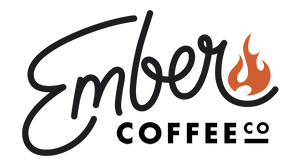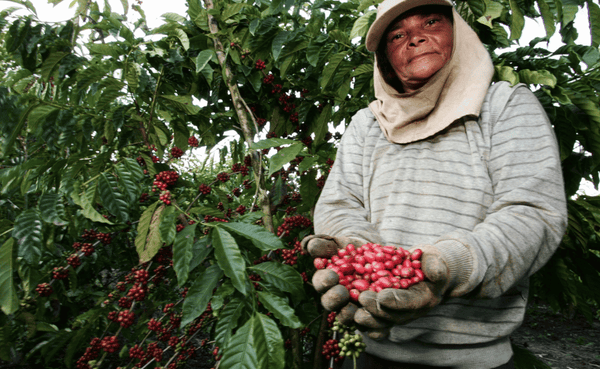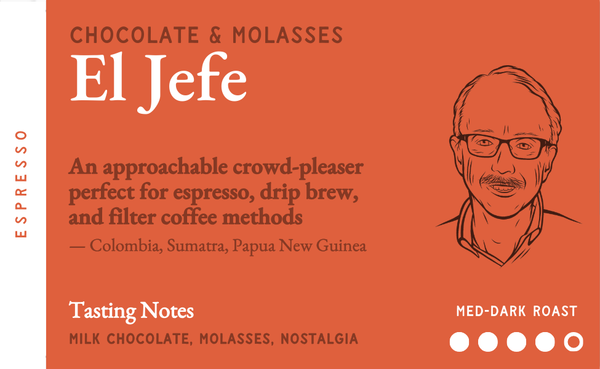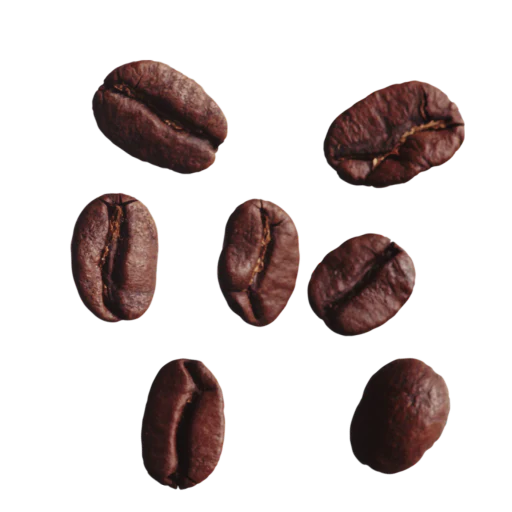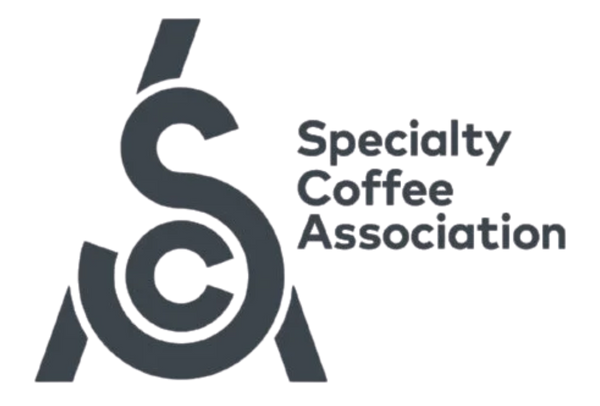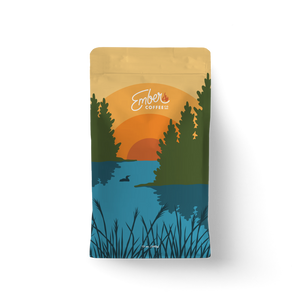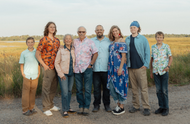













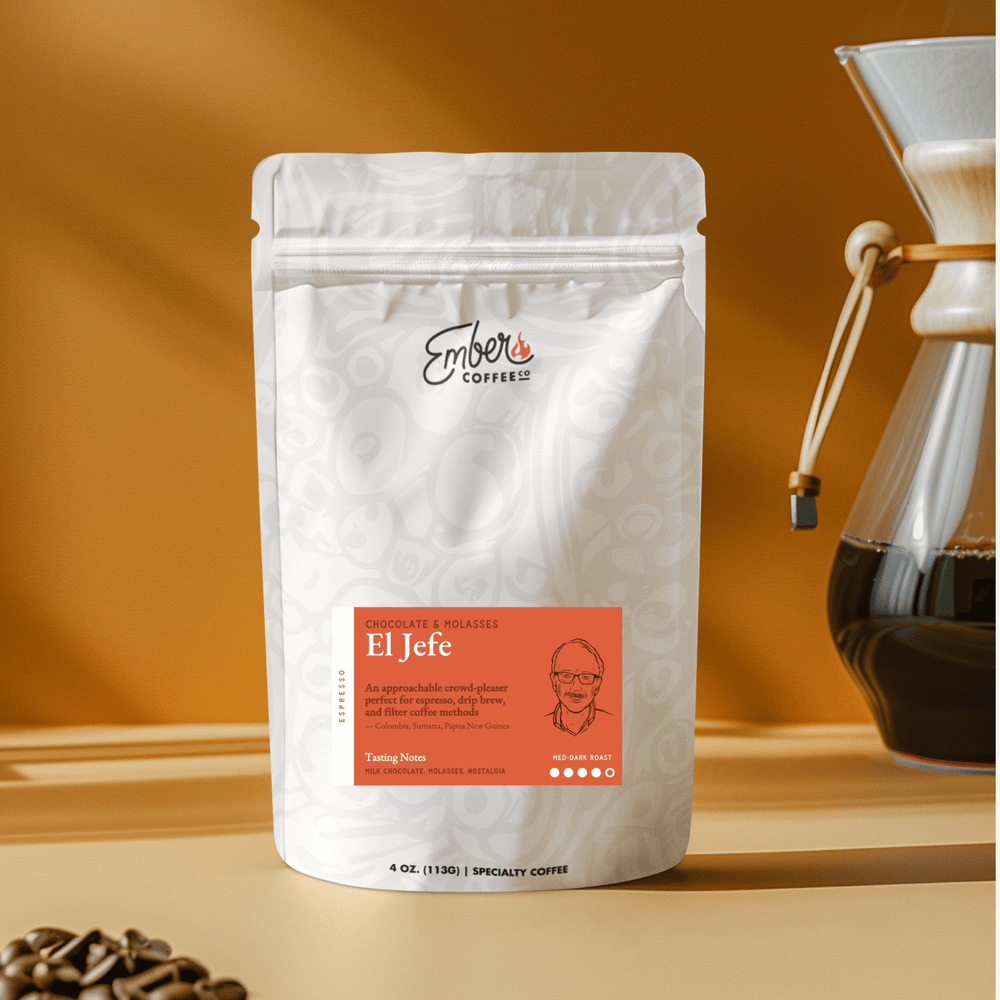















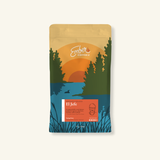
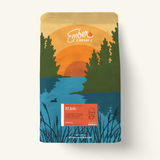











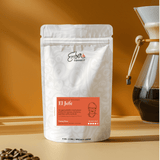
BEST USED FOR:
"Pulled a double shot before heading out the door — rich, creamy, and just a little nostalgic, like the cocoa you sipped as a kid. Deep chocolate notes, easy finish. Makes a beautiful latte, too."
Grace M. VERIFIED BUYER
Notes of milk chocolate, molasses, nostalgia
Milk chocolate arrives gentle as memory—not the sharp bite of dark, but comfort that tastes like Saturday mornings before the world got complicated. Your espresso cup holds more than coffee; it holds what happens when Matt, one of Ember's owners and their roast master, names a blend after his dad.
Molasses follows, slow and deep, the way wisdom moves when it's earned rather than taught. Dark sweetness that doesn't hurry, that understands some things can't be rushed—not good espresso, not understanding, not the conversations between fathers and sons that echo in every batch Matt roasts.
Then nostalgia blooms, unexpected as finding dad's handwriting in an old book margin. It's not a flavor exactly, more like recognition—of strength worn smooth by patience, of lessons that only made sense years later.
This is coffee that knows legacy isn't loud. In your afternoon pause, porcelain cup precise between fingers, you taste what tribute means. Some things we inherit. Others, we choose to carry forward.
Air roasting uses clean, hot air to roast each coffee bean evenly—resulting in a smoother, cleaner flavor without the bitterness or burnt taste you get from traditional drum roasting. Because the beans don’t sit on hot metal, there's no smoky aftertaste—just pure, nuanced notes. It’s a gentler process that lets the bean’s true character shine.
Air roasting uses clean, hot air to roast each coffee bean evenly—resulting in a smoother, cleaner flavor without the bitterness or burnt taste you get from traditional drum roasting. Because the beans don’t sit on hot metal, there's no smoky aftertaste—just pure, nuanced notes. It’s a gentler process that lets the bean’s true character shine.
100% Specialty Arabica Coffee
